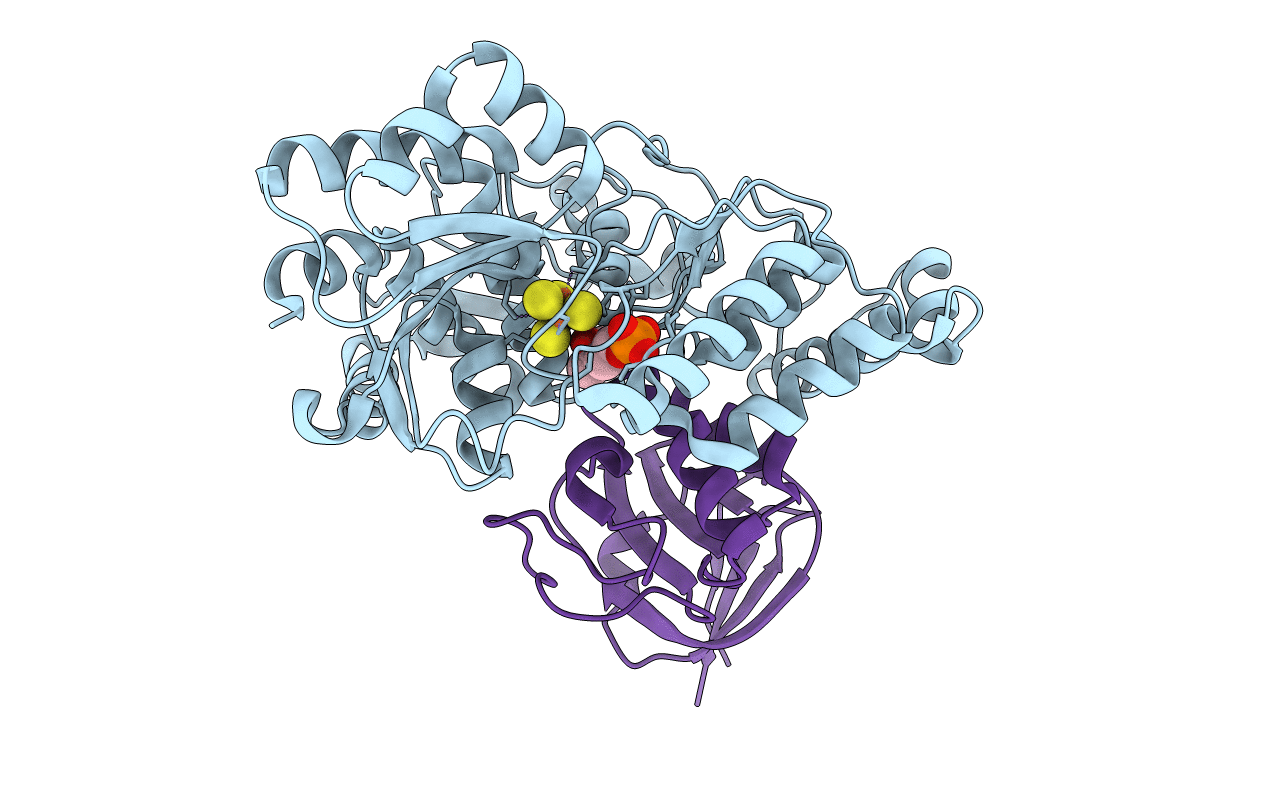
Deposition Date
2020-08-03
Release Date
2021-06-16
Last Version Date
2024-05-29
Entry Detail
PDB ID:
7CNS
Keywords:
Title:
Crystal structure of Thermococcus kodakaraensis aconitase X (holo-form)
Biological Source:
Source Organism:
Host Organism:
Method Details:
Experimental Method:
Resolution:
1.90 Å
R-Value Free:
0.20
R-Value Work:
0.16
R-Value Observed:
0.17
Space Group:
P 42 21 2


